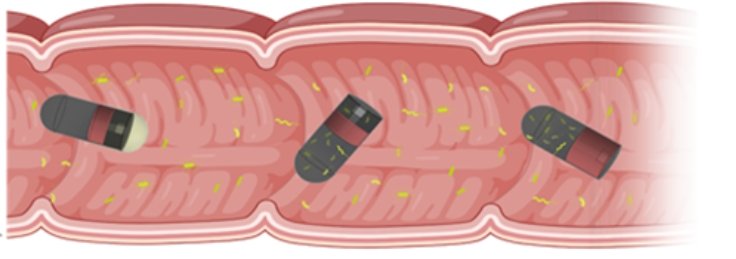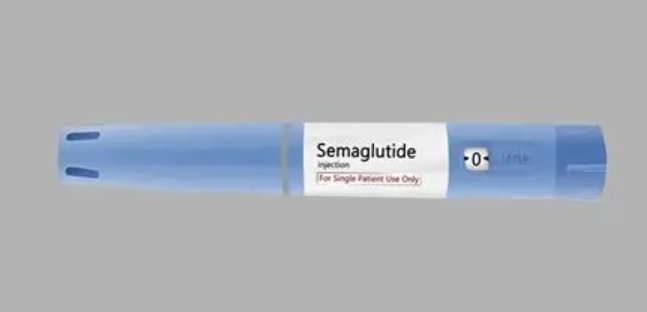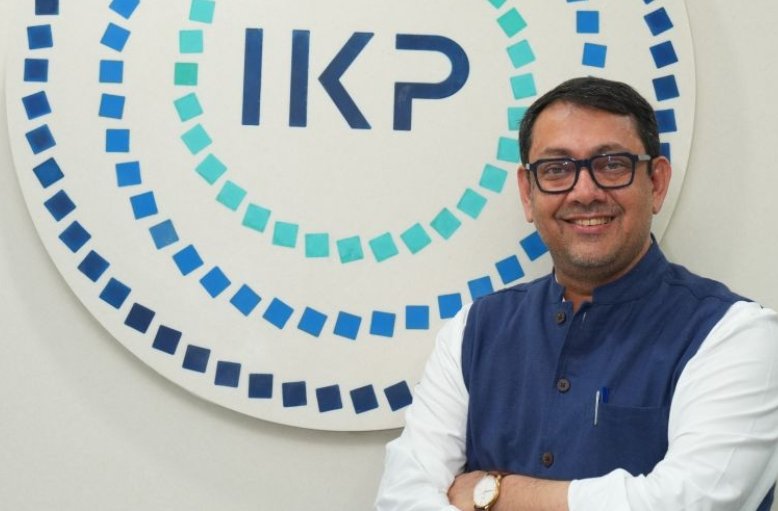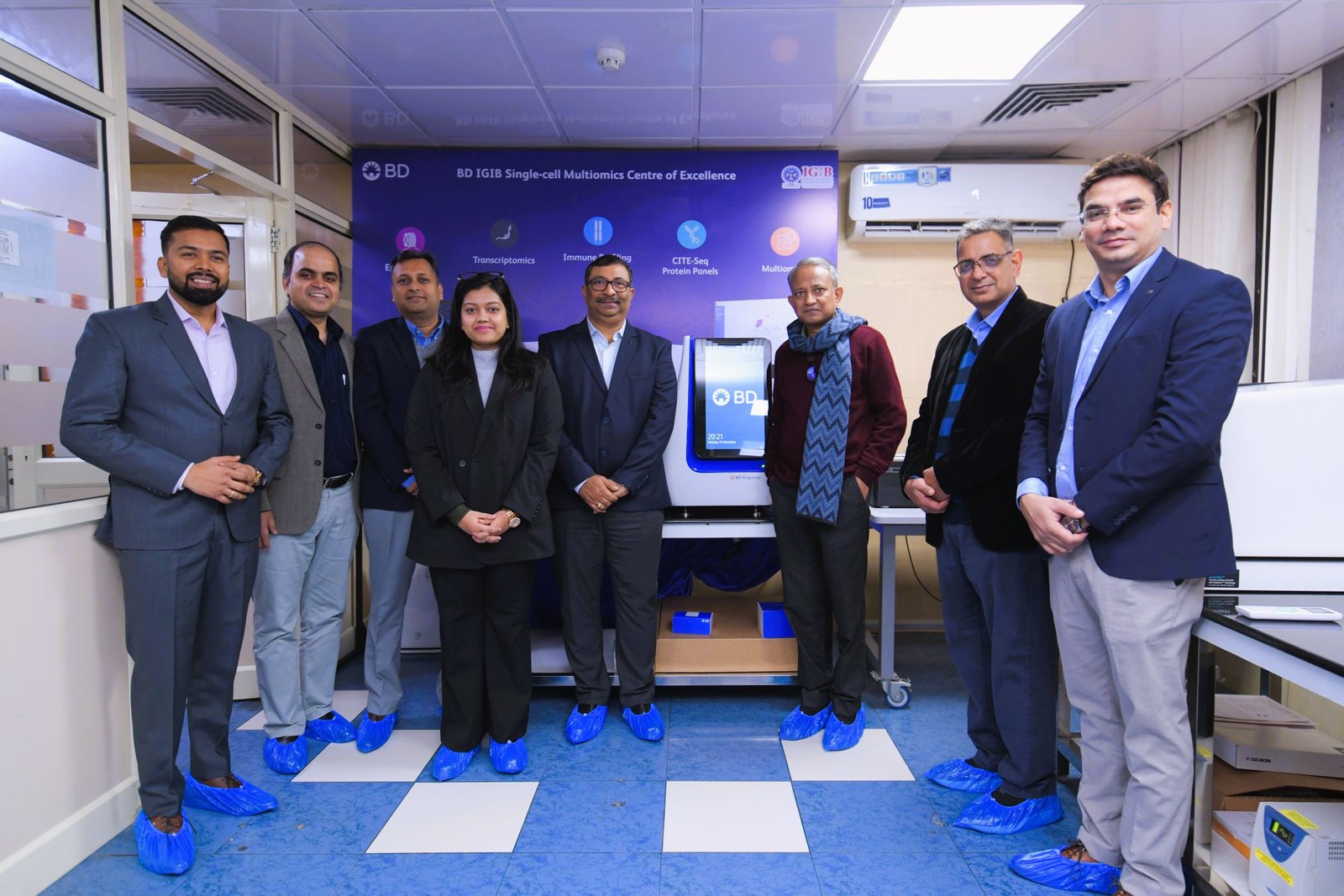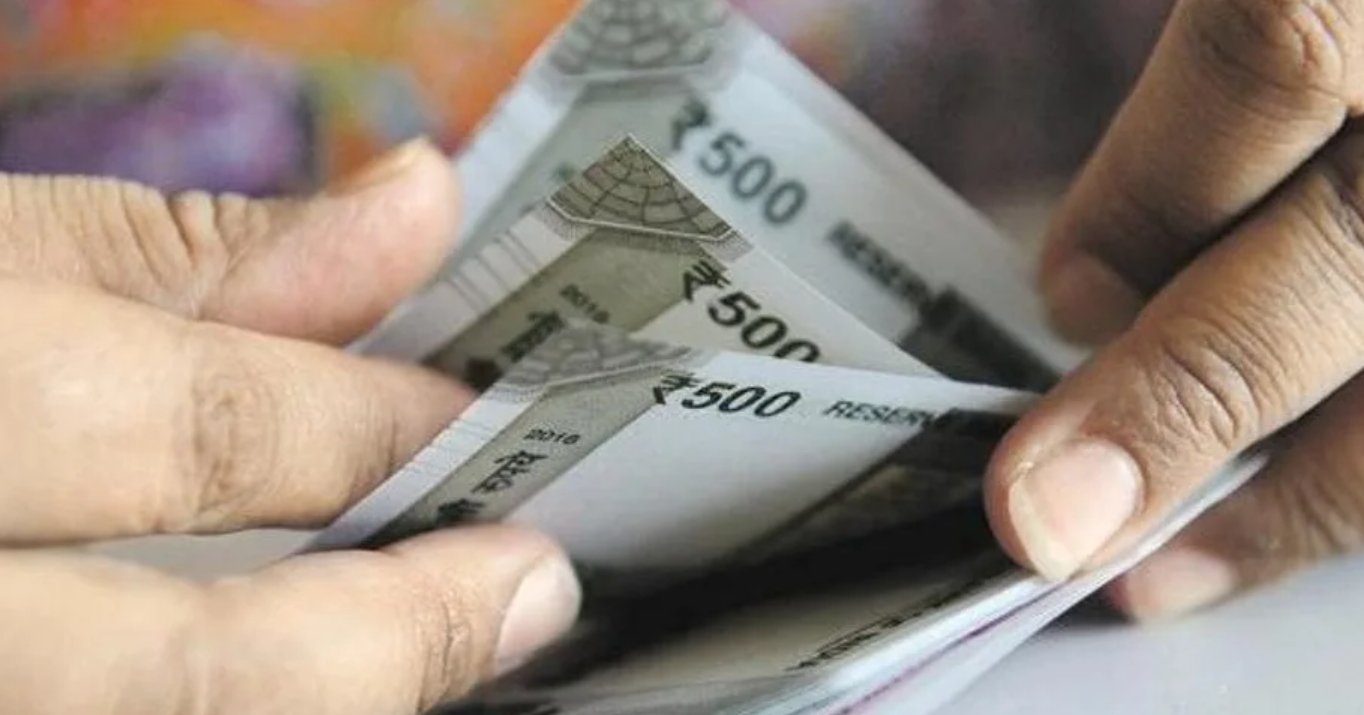The Economic and Healthcare Impact of Hepatitis C Treatment in India
September 25, 2024 | Wednesday | Views | By Samika Jain
India has embarked on a crucial journey to tackle hepatitis C through a series of targeted and innovative treatment programmes. Central to this initiative is the extensive use of direct-acting antivirals (DAAs) like Sofosbuvir, which have dramatically altered the landscape of hepatitis C treatment. This article explores the economic and healthcare impacts of these Indian-specific programmes, focusing on their effects on healthcare costs, patient outcomes, and the overall public health scenario. Additionally, we examine the latest research and developments in drug and vaccine technology that could shape the future of these programmes.
image credit- shutterstock
India's efforts to combat hepatitis C are primarily embodied in the National Viral Hepatitis Control Programme (NVHCP), launched by the Ministry of Health and Family Welfare in 2018. This programme aims to provide widespread access to hepatitis C testing and treatment, focusing on reducing transmission rates and improving patient outcomes across the country.
One of the key components of the NVHCP is the provision of affordable DAAs, particularly Sofosbuvir, which has revolutionised hepatitis C treatment. DAAs offer a high cure rate of over 90% and are associated with fewer side effects compared to older treatments, such as pegylated interferon and ribavirin.
The Indian government has made these drugs accessible by partnering with pharmaceutical companies to lower costs and promote local production.
A notable aspect of India's approach is the collaboration with local manufacturers to produce generic versions of DAAs at significantly reduced prices.
For example, while the cost of a Sofosbuvir-based regimen is approximately $84,000 and $94,500 in the USA, the price in India is reduced to approximately $161 and $312 per 28-tablet pack, thanks to generics and government subsidies (Iyengar et al. 2016).
This initiative has been crucial in making treatment affordable for the millions of Indians affected by hepatitis C.
New Research and Advances in Hepatitis C Treatment and Vaccine Development
Recent advancements in research may further impact India’s treatment programmes, both economically and medically. Emerging studies are exploring the use of pan-genotypic DAAs, which are effective across all hepatitis C genotypes.
Cure rates of 95% to 99% after 8 weeks of treatment have been reported in people with hepatitis C who took glecaprevir and pibrentasvir. Shorter treatment durations can lead to significant cost reductions, as they lower the overall expense of drugs, monitoring, and associated healthcare services.
Additionally, researchers are focusing on drug resistance and combination therapies to improve efficacy and reduce the risk of resistance developing. Newer drugs like Sofosbuvir, Velpatasvir and Voxilaprevir are designed to target patients who have failed previous DAA treatments. Incorporating these options into India’s public health programme could improve outcomes for patients with resistant strains, although they might initially be more expensive.
There is also ongoing research into developing an effective hepatitis C vaccine. While no vaccine is currently available, several candidates are in clinical trials, such as those utilising mRNA technology similar to COVID-19 vaccines.
If a vaccine were developed and introduced, it could drastically change the economic dynamics of hepatitis C treatment by preventing infections altogether, thereby reducing the long-term burden on the healthcare system.
Ongoing and Future Initiatives
Curing hepatitis C has substantial long-term economic benefits. By effectively treating and curing patients, India reduces the incidence of chronic liver disease, cirrhosis, and liver cancer, which are associated with high medical costs. The prevention of these severe outcomes translates to lower healthcare costs over time and contributes to a healthier and more productive workforce.
Public awareness campaigns have also played a critical role. By educating the population about hepatitis C, its transmission, and the availability of treatment, the government has encouraged individuals to get tested and seek treatment, leading to earlier diagnosis and better health outcomes. For example, in Tamil Nadu, the integration of hepatitis C treatment into the primary healthcare system has resulted in higher screening and treatment rates, demonstrating how local adaptation of national programs can enhance effectiveness.
By continuing to adapt and innovate, India is well-positioned to further mitigate the burden of hepatitis C and serve as a beacon for global health initiatives.
Samika Jain, Freelancer



